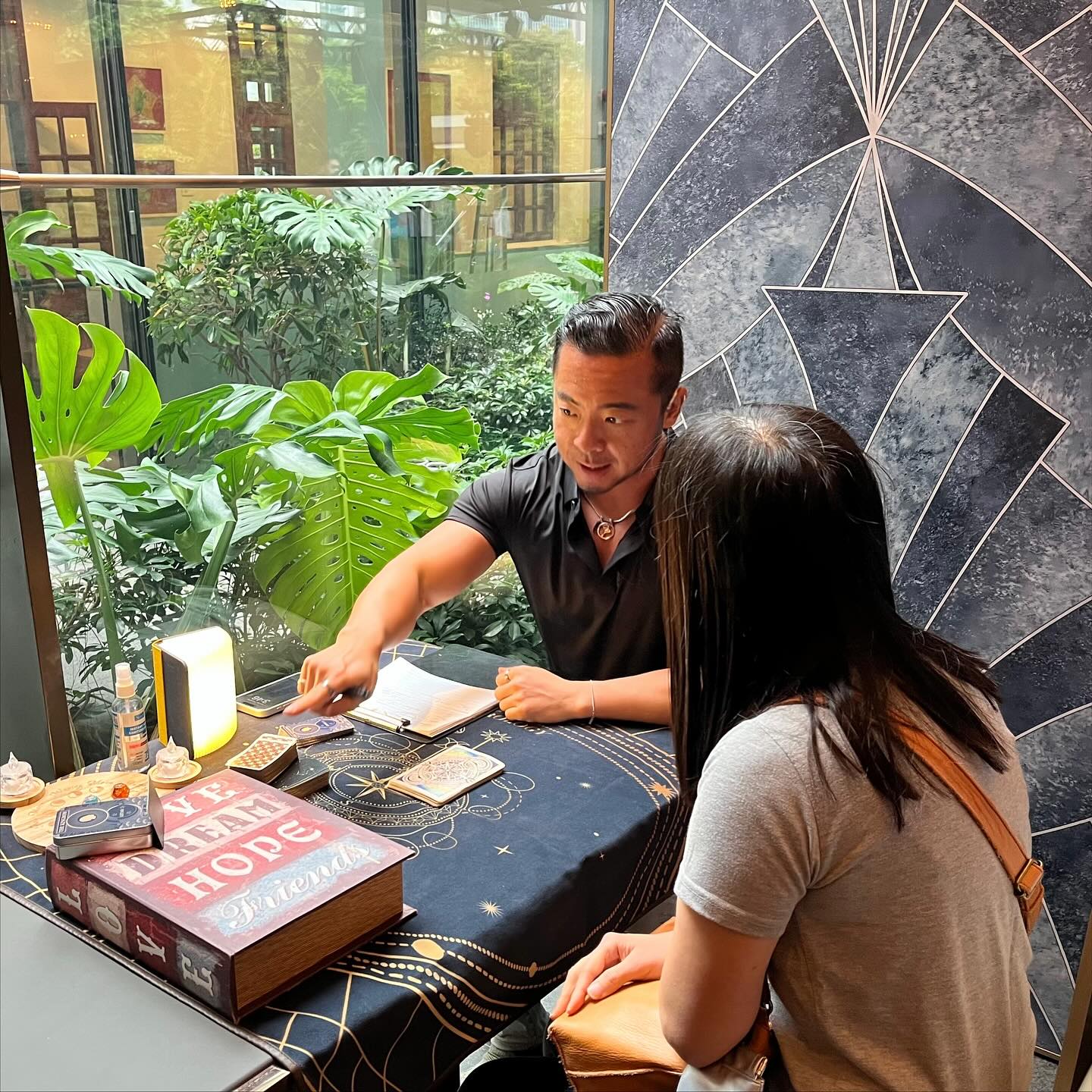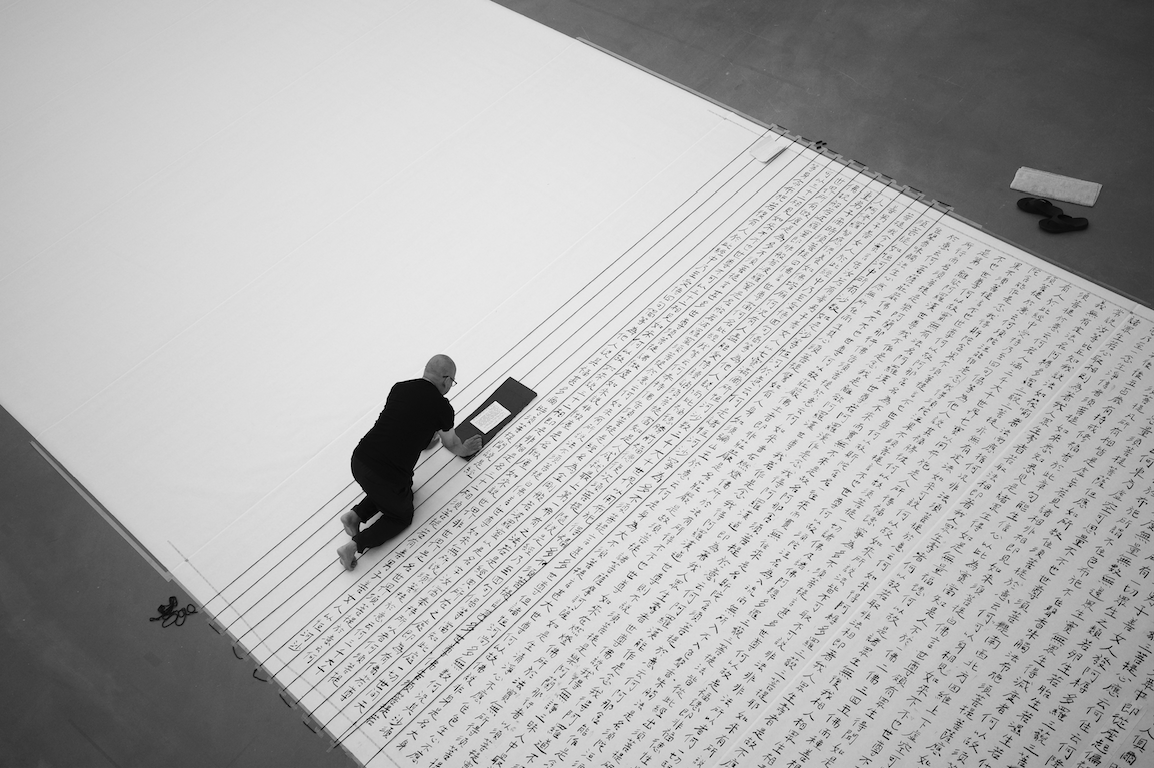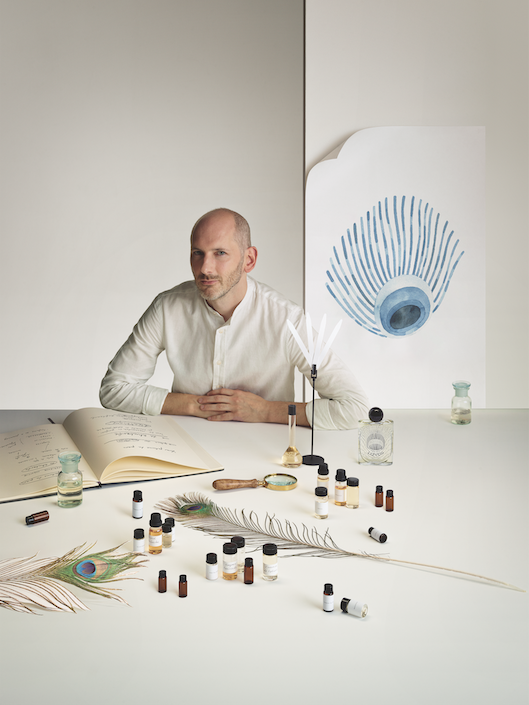Supper Club is a new alternative art event looking to reinvent the art viewing and socialising experience. Two of its initiators, Willem Molesworth and Alex Chan, and curator, Anqi Li, speak to Stephenie Gee
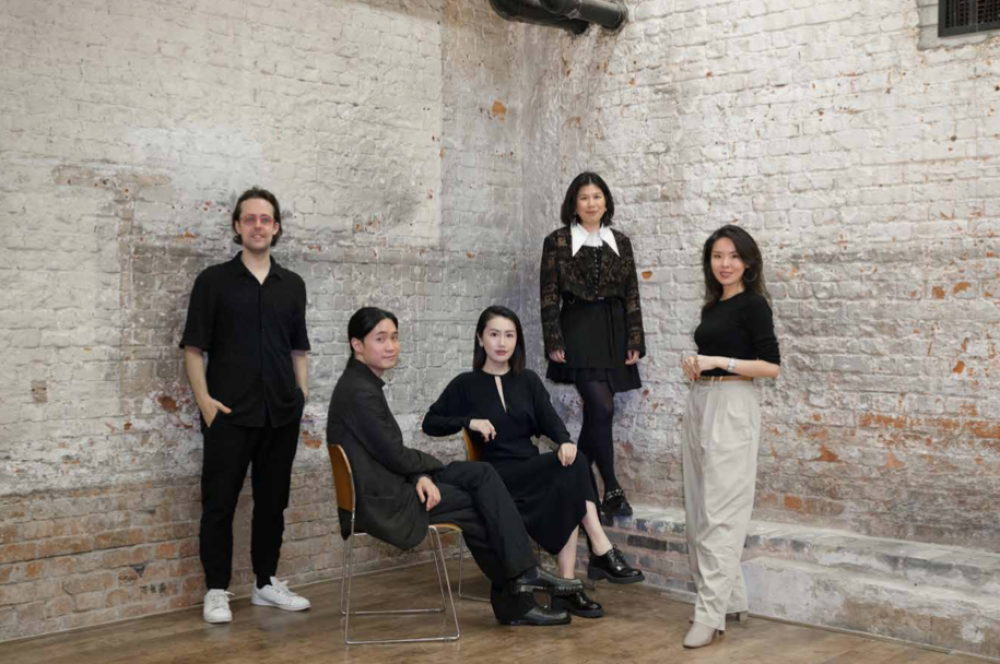
The problem with art fairs, as critics have long bemoaned, is that they’re not the greatest way to experience art. Cluttered together in an air-locked space, works are divorced from the context of their making and the errors and accumulations of daily life. They become something sacred and detached, a phenomenon to be inspected like a laboratory specimen rather than engaged with, questioned and related back to the life of the viewer.
Such is the inspiration behind Supper Club, Hong Kong’s new alternative art event initiated by gallerists Willem Molesworth and Ysabelle Cheung of PHD Group, and Alex Chan of The Shophouse. The inaugural edition will take place, coinciding with Art Central and Art Basel, from March 25–30 at the historic Fringe Club, a Grade 1 heritage building and the former cold-storage warehouse for Dairy Farm.
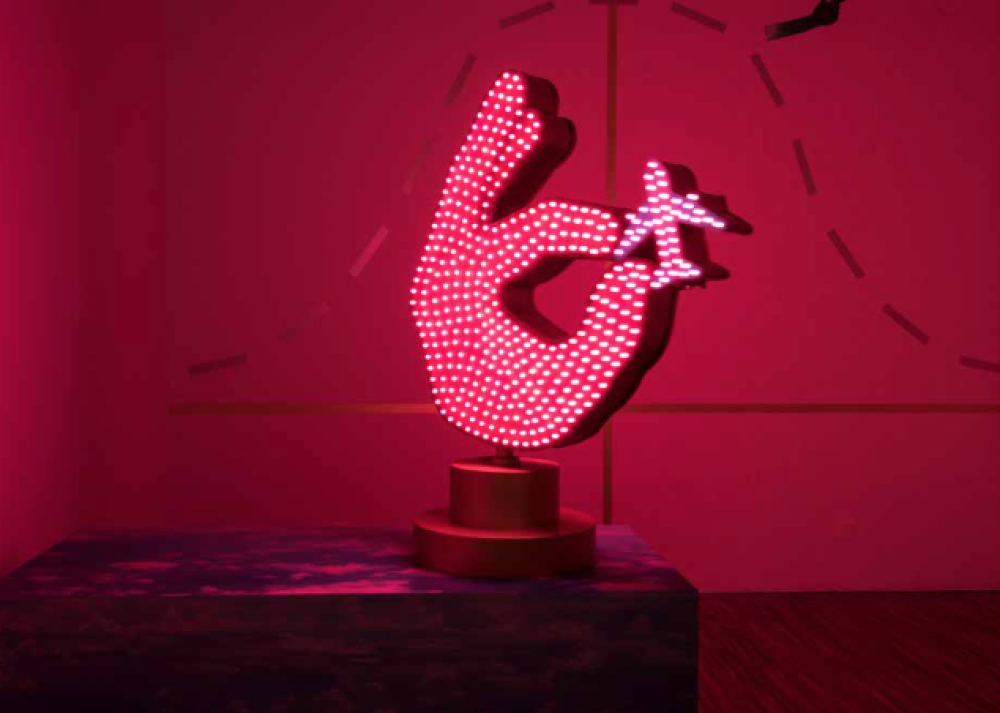
“Not only is it a more informal tone, but I think the reason why we came up with the name Supper Club is because for a lot of people, art is something really formal. Like it only exists in Central – going to the Kowloon side, Wong Chuk Hang even, seems like too far to experience art,” explains Chan. “So we really wanted to create a more casual environment for people to experience art, and hence the word ‘supper.’ ‘Club’ is because, for us, we feel like art fairs are getting a little crazy nowadays. It’s almost like a supermarket setting. We just want people to have a really casual and enjoyable environment to talk about art and experience art.”
Molesworth elaborates, “I think in general art fairs have become really powerful actors in the art scene. They kind of activate our cities in really incredible ways. But as with all things, it can be a double-edged sword and there are a lot of problems with art fairs. They can often be challenging for galleries to get into, for galleries to profit from, they’re extremely laborious, and frankly, they’re also not really the greatest place to discover art or to see art. It’s art totally removed from its context and put into almost like a supermarket setting. So we were hoping that by providing a space that, like Alex said, is more comfortable and, particularly with Fringe Club, more situated within the history of the place that we’re in, you would get a more interesting and more meaningful kind of engagement from it.”
Also see: French May Arts Festival, French GourMay Food and Wine Festival starts March 16 – see programme
Curated by Anqi Li, the event highlights emerging and experimental works across over 20 international and regional galleries – including Boshudhara Mukherjee’s new large-scale textile piece at Mumbai’s Tarq; Anomaly’s exhibition of Takuro Tamayama’s liquor sculptures; a new collection of sculptural models by Erwan Sene presented by Balice Hertling in Paris; and P21’s solo representation of Hong Kong-based painter Wu Jiaru – in a space, adapted for the occasion by BEAU Architects, that affords its artists the context and captions so often deprived of them in typical white cube and commercial gallery hangs. “We’re going to be trying to use a number of different techniques and tools. But I think one of the keywords is ‘non-extractive architecture’. So trying to use materials that can be reused, and to not just take but use things that can be perpetuated,” says Molesworth.
“They have also been really inspired by a project Anne Imhof did in 2022 at the Stedelijk Museum in Amsterdam, where she very similarly used a bunch of basically furniture to create walls and create spaces. It was like a maximalist kind of use of existing materials,” he continues. Called Youth, the project invited viewers to wander among gym lockers, stacked car tiers and industrial water vats built into a maze of dead ends and closed-off rooms. “So we’ll see what BEAU comes up with, but it’s going to be responsive and fluid and will be tailor-made for the art that’s showing. And that’s very different from an art fair, right? Where there’s white walls and it’s very repetitive. So I think this will be a lot more fun than your standard art fair.”

Fun is the operative word here. Visitors are free to wander into the venue and admire the works or linger around to connect with the others there, even into the late hours of 1am. “We were thinking about what is needed or what was missing from our previous experiences during the annual Hong KongArt Week. And we realised what we need is a third space. This third space is kind of right after the bigger fair setting but before you go back home. It’s still in an art and culture context, but much more relaxed, where you can talk to a friend, talk to a collector, a client or someone you just met in front of a painting,” says Li. “I think Supper Club can be this third space. So we’ve designed some night events, like after supper or during supper. And it’s going to be different every night. For example, performances or panel talks with collectors, with artists, also even architects, to talk about our project with renovating and reactivating the Fringe Club. People can grab a drink, all while talking about art, about culture or just what’s been happening in Hong Kong.”
This being the first of its kind in Hong Kong, what to call this third space was the big question. “I feel like when we first presented this concept to different people, they saw it as an art fair. But it’s actually a new thing that we can’t really put a term to. We can’t really define it. I think across the team we knew what we wanted to present, but it’s not an art fair,” Chan tells me. The term they agreed on was “art event”. “Which is like mega- wide!” Molesworth chimes in. “Because an art event can be any number of a thousand things, right?”

Setting out to disrupt the conventional art fair paradigm, Supper Club is encouraging its exhibitors to step away from their showing space. They will be there should you need them, but nothing is intrusive. “Typically, you have someone standing there, watching you look at something, ready to answer your question. If not, already speaking to you while you’re looking at it. That will not be the case in this context,” Molesworth says. “We actually specifically told them, the galleries, to not stand there all day,” Chan adds. “It’s fine if your circle area is empty, because we want people to actually enjoy the art and speak with the art. We don’t want them to stand there and say, ‘Oh, this is blah blah blah’, or, ‘Here is the payment link. Credit card?’”
It’s all to create a welcoming and inspiring place for creative dialogue and discussion. “I hope people will really enjoy it,” Molesworth says. “I do think Hong Kong is undergoing this really incredible kind of change within the art world. I mean three years ago, M+ wasn’t open. And five years ago, Tai Kwun wasn’t open. And now these are world-class, very public places for exhibiting and engaging with art. Prior to that, it was HKMoA and the galleries, which are oftentimes very off-putting in terms of how accessible they are. So I think Supper Club will contribute to the kind of growth that’s happening, and will allow people to access art in a new way. Hopefully, in a way that’s fun and that’s more authentic and starts conversations as opposed to closing doors.”
Also see: Hong Kong’s ‘wuxia’ literary giant Jin Yong who captivated generations, commemorated


